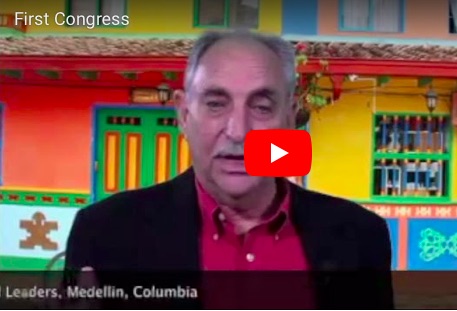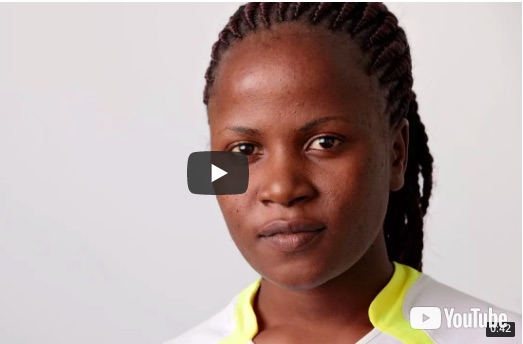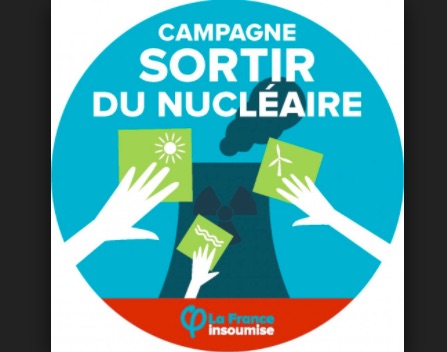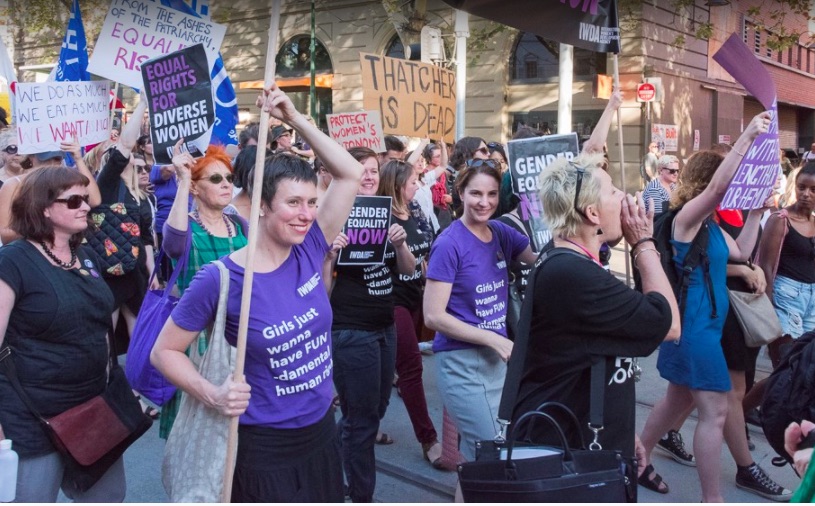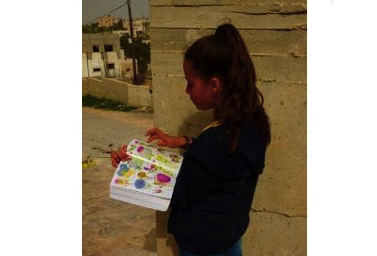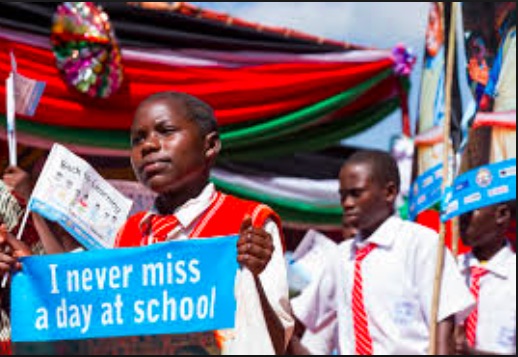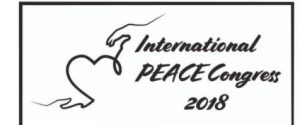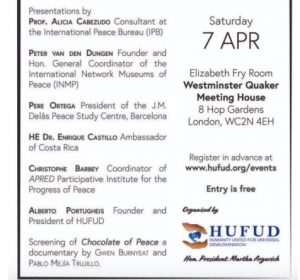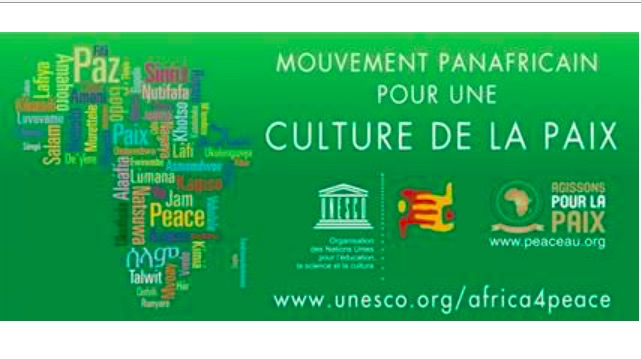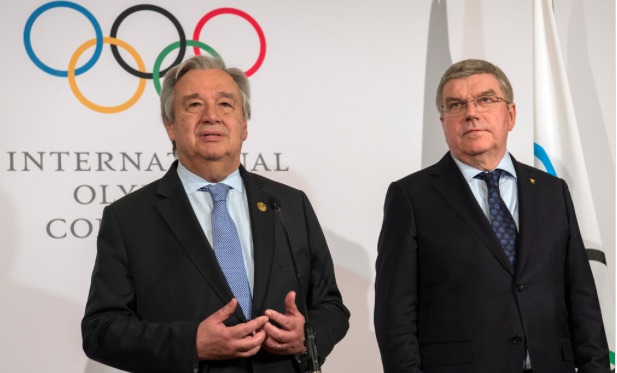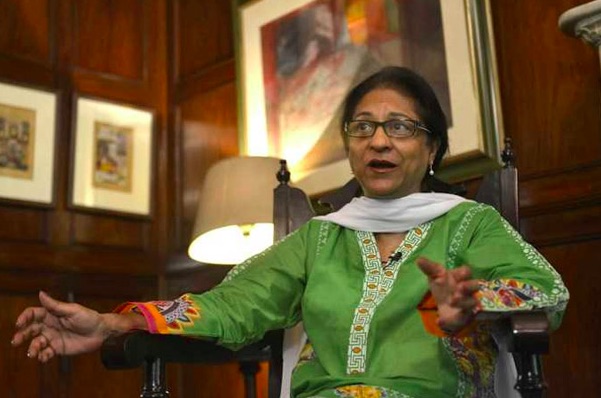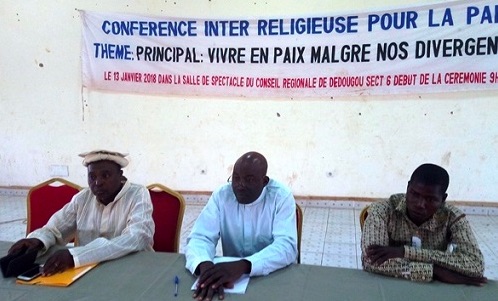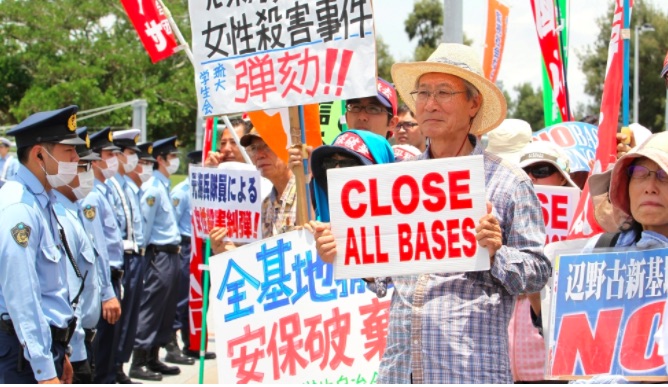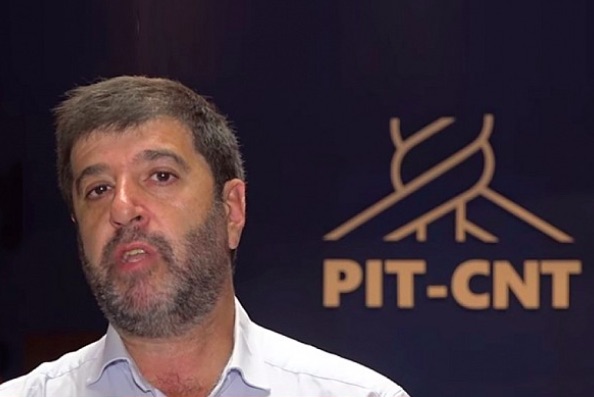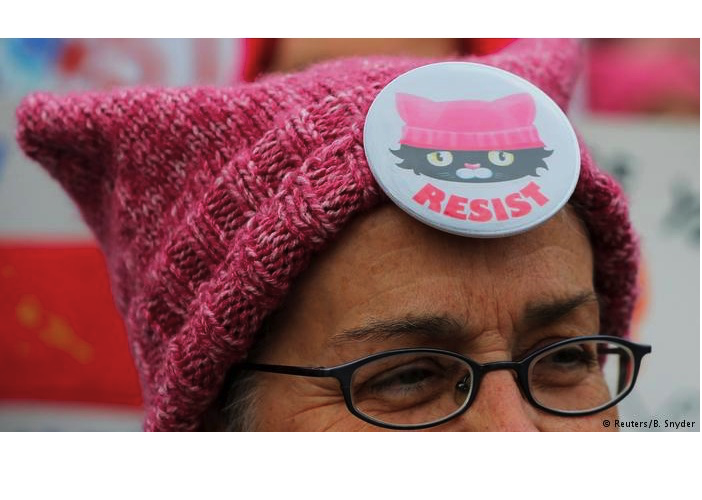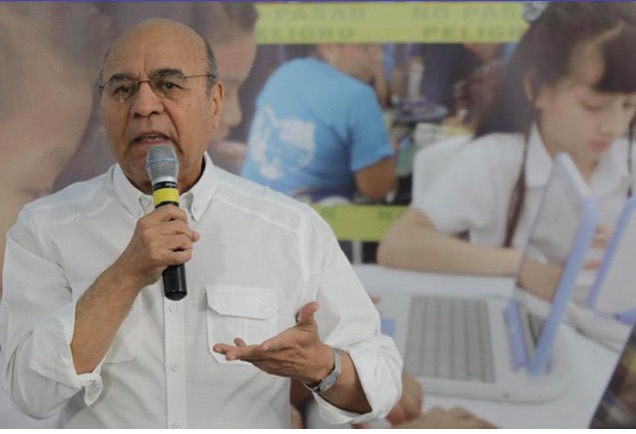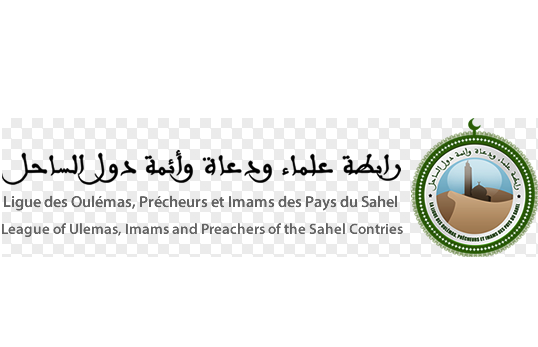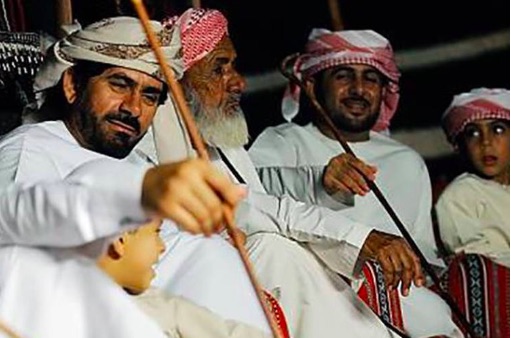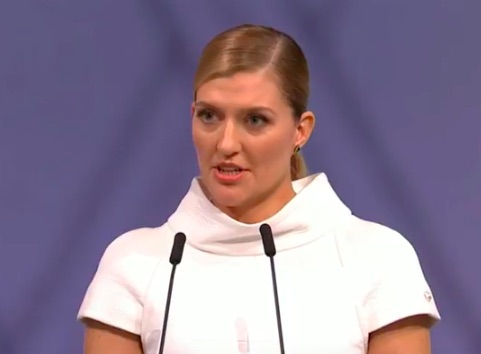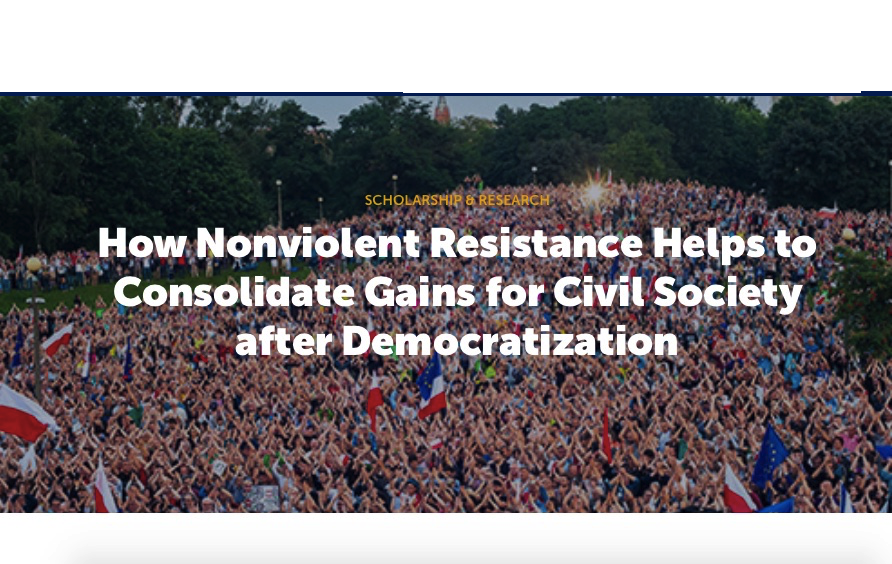We started off this year with news that South and North Korea would hold high-level talks and that they would compete jointly in the Winter Olympics in PyeongChang. That came off well. “In PyeongChang, the world became one,” said Lee Hee-beom, head of the PyeongChang Organizing Committee. “Transcending the differences of race, religion, nation and gender, we smiled together, cried together, and shared friendship together.”
Progress is continuing this month with the announcement that the leaders shook hands at the Demilitarized Zone between the two countries and pledged to work to denuclearize the peninsula and to declare the official end to the Korean War. In the words of South Korean President Moon Jae-In: “Kim Jong-un and I declared together that there will be no more war on the Korean Peninsula and a new age of peace has begun.”
The struggle for justice for the Palestinian people, that featured the young activist Amed Tamimi in last month’s bulletin, became more dramatic this month as thousands of Palestinians took part in a month of nonviolent marches called the Great March of Return. Israel could not tolerate such a massive demonstration and used snipers to shoot the unarmed participants. . Veteran peace activist Uri Avnery compares this to the British atrocities against Gandhi and his followers in India and the racist attacks on Martin Lurther King and his followers in Alabama and he reminds us that eventually the British had to leave India.
Meanwhile, the Palestinians do not give up hope, despite hardship and war, as illustrated by the Gaza Children Cinema, “born out of a desire to create a safe haven for children . . . evidence of the magic of cinema—of how film can relieve suffering and provide light to literally one of the darkest places in the World.”
This year was the 62nd session of the United Nations Commission on the Status of Women, and as a follow-up we publish brief interviews with 15 of its participants coming from all corners of the world. In the words of Sohini Shoaib from India, “Women are rising up, and not just women, all these people who feel they have been silenced.”
And finally, the schoolchildren of the United States, who took to the streets on March 24 to protest gun violence following the shooting in the school of Parkland, Florida, have continued their mobilization. There were again walkouts in over 2500 schools across the country on April 20, the anniversary of the 1999 school massacre in Columbine, Colorado, and students are planning to continue mobilizing during the summer vacation this year. As explained by one of the organizers, speaking to her group of students, “”Change happens through patience and this fight does not stop after April 20.”
As one commentator remarks, the student protests are part of a broader agenda to “stop fueling the culture of violence and militarism,” which includes training programs in the schools to prepare students to become military officers.
Are we making progress toward a culture of peace? Only time will tell.
|
DISARMAMENT AND SECURITY |
FREE FLOW OF INFORMATION |
DEMOCRATIC PARTICIPATION |
SUSTAINABLE DEVELOPMENT |
|
WOMEN’S EQUALITY |
TOLERANCE AND SOLIDARITY |
EDUCATION FOR PEACE |


